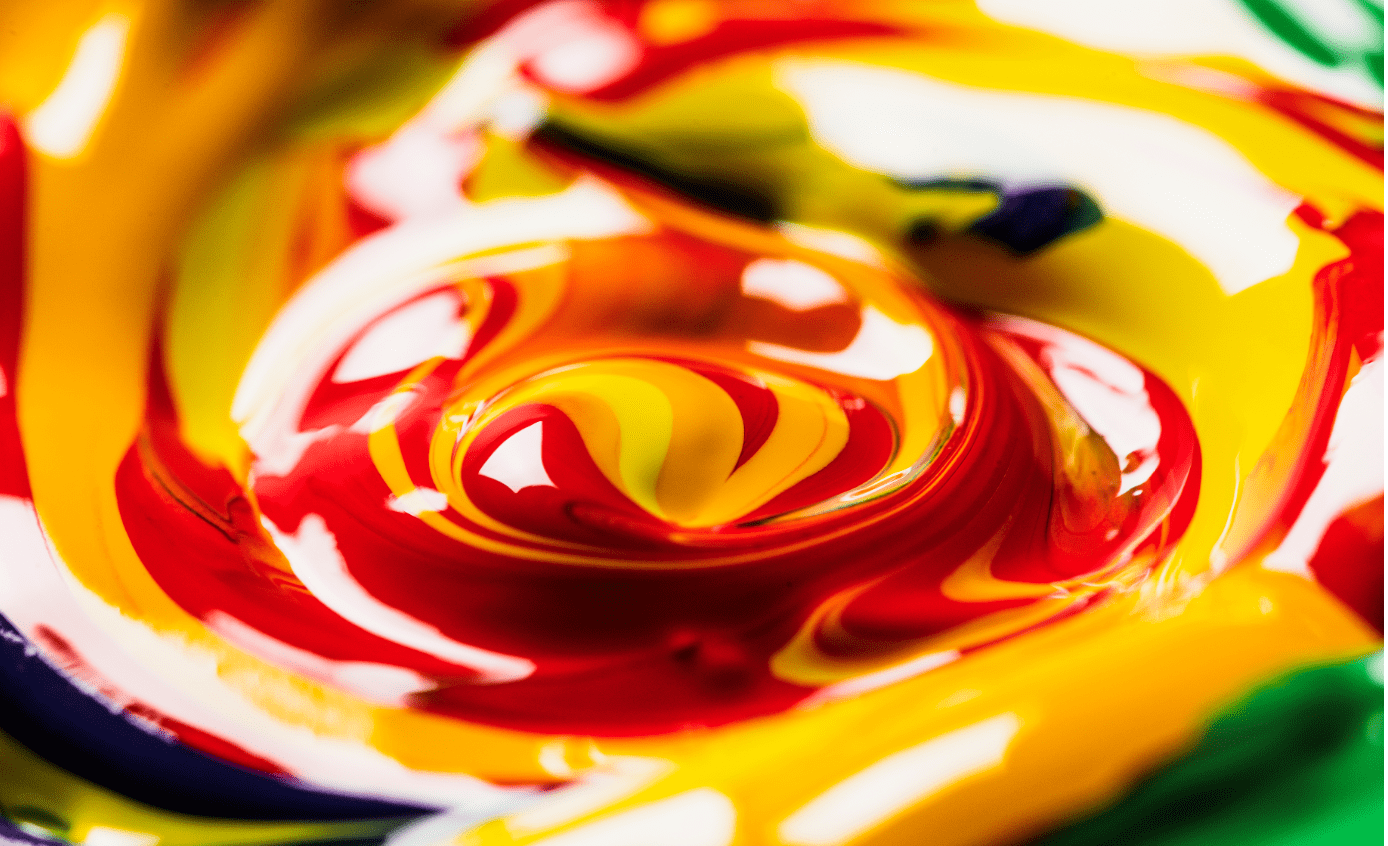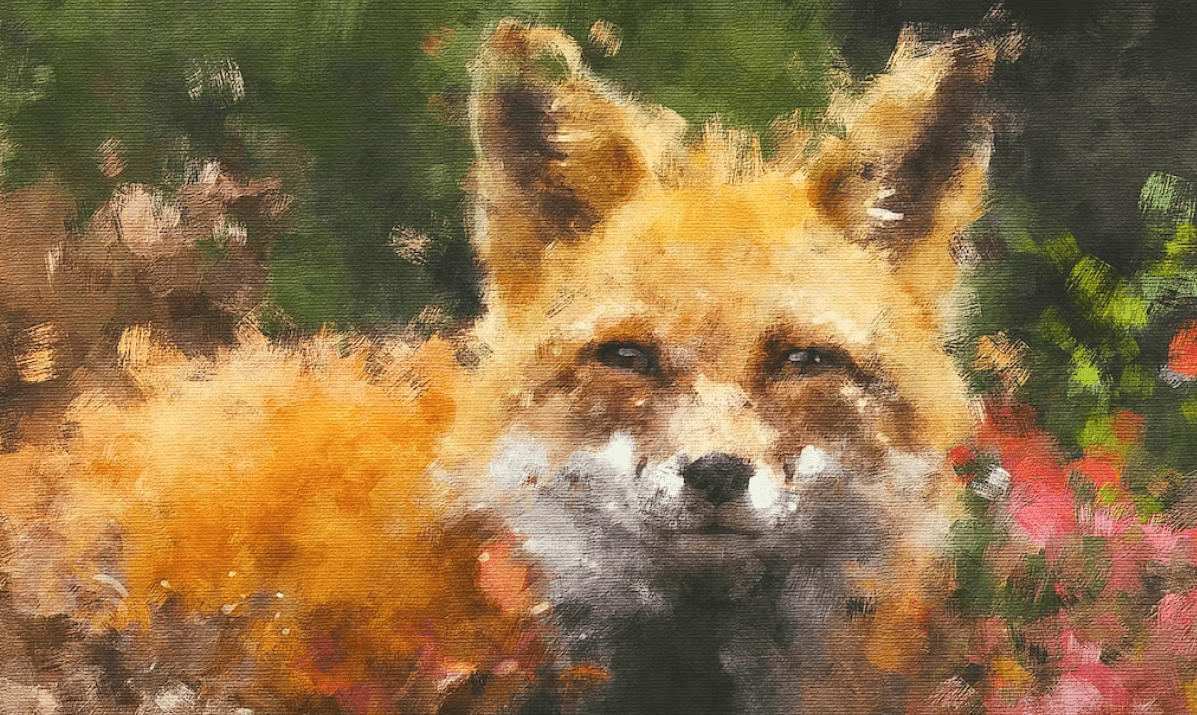OIL PAINTING TECHNIQUES: 6 INTERESTING TRADITIONAL TECHNIQUES
Traditional oil painting is an art form that has been practiced for centuries. Oil painting techniques involve the use of pigments mixed with a drying oil, such as linseed oil or walnut oil. This medium provides artists with the ability to create rich, vibrant colors and texture that can last for centuries. In this article, we will explore the fundamentals of traditional oil painting techniques that every aspiring artist should know.
Table of Contents
1. Understanding the Basics of Traditional Oil Painting
Before diving into the various oil painting techniques, it’s important to understand the basics of oil painting. These include:
1.1 Choosing the Right Materials
To create a quality oil painting, it’s crucial to use high-quality materials. This includes selecting the right type of canvas, brushes, and paints. When selecting canvas, make sure to choose a high-quality, primed canvas that is stretched and stapled properly. Brushes should be made from natural hair, such as hog bristle, and come in a variety of shapes and sizes. Lastly, the type of paint used should be professional grade, as lower quality paints can result in dull colors or cracking over time.
1.2. Preparing the Surface
Before beginning to paint, it’s important to prepare the surface. This involves priming the canvas with gesso, which creates a smooth, even surface for the paint to adhere to. It’s also important to let the gesso dry completely before beginning to paint.
1.3. Mixing the Paint
Mixing the paint involves combining the pigment with a drying oil, such as linseed oil or walnut oil. The ratio of pigment to oil can be adjusted to achieve different effects, such as a thick impasto or a thin glaze.
2. Traditional Oil Painting Techniques
Now that we’ve covered the basics of traditional oil painting, let’s dive into some of the most popular methods.
2.1. Alla Prima
Also known as direct painting, this technique involves completing the painting in one sitting while the paint is still wet. Artists who use this technique often work quickly and with a loose style to capture the essence of the subject.
2.2. Glazing
Glazing involves applying a thin layer of translucent color over a previously painted area. This technique is great for adding depth and luminosity to a painting, but requires patience as each layer needs to dry before another can be added.
2.3. Impasto
Impasto is a technique where paint is applied in thick, heavy strokes to create texture and depth. This technique is great for adding dimensionality to a painting and can be used to create interesting effects, such as highlighting certain areas or creating a three-dimensional effect.
2.4. Scumbling
Scumbling involves mixing two colors together by lightly dragging one color over the other. This technique creates a subtle, textured effect that can add interest to a painting.
2.5. Chiaroscuro
Chiaroscuro is an Italian term meaning “light-dark” and refers to the contrast between light and shadow in a painting. This technique was popularized during the Renaissance and Baroque periods and is still used today to create dramatic, high-contrast paintings.
2.6. Sfumato
Sfumato is a technique that involves blending colors together so that they appear to transition seamlessly from one to the next. This technique is often used to create soft, delicate images, such as portraits or landscapes.
3. Conclusion
Traditional oil painting techniques not only allow artists to create visually captivating pieces but also provide them with a sense of connection to the rich history and cultural heritage of art. Artists can pay homage to the great masters of the past and carry on the traditions of the medium.
Moreover, these techniques provide artists with the ability to create works that are unique and personal, reflecting the artist’s individual vision and style. Each brushstroke and layer of pigment can convey a range of emotions and ideas, making oil painting a powerful medium for self-expression. However, mastering Historic oil on canvas methods requires patience, dedication, and practice. With persistence, artists can achieve mastery over the medium and create works of art that surpass their wildest expectations.
4. FAQs
1. What is the difference between oil painting and acrylic painting?
→ Oil paints have a longer drying time compared to acrylics which dry quickly. Oil paints are more suitable for blending texture, while acrylics are better for layering.
2. How do I clean my oil painting brushes?
→ First wipe off any excess paint with a paper towel. Then, rinse the brushes in solvent or mineral spirits and reshape the bristles and lay them flat to dry.
3. Can I paint with oils on paper instead of canvas?
→ While it’s possible to paint with oils on paper, it’s not recommended as the paper may deteriorate. It’s best to use a primed canvas or board for traditional painting.
5. Register Our Course Now
If you have a keen interest in Gouache, we highly recommend that you register for our exclusive “Journey to Gouache – Landscape Painting” course without delay! This comprehensive course is designed to teach you everything you need to know about this versatile medium, from selecting the right art supplies to exploring the different types of Gouache that are available in the market.
With expert guidance and valuable insights, you will unlock the secrets to painting with Gouache and take your artistic skills to the next level. Don’t miss this opportunity to embark on a rewarding artistic journey and expand your knowledge and creativity with Gouache!



